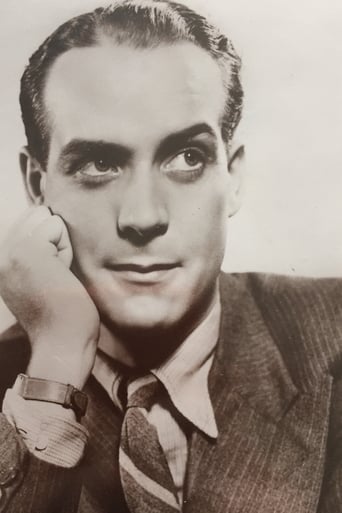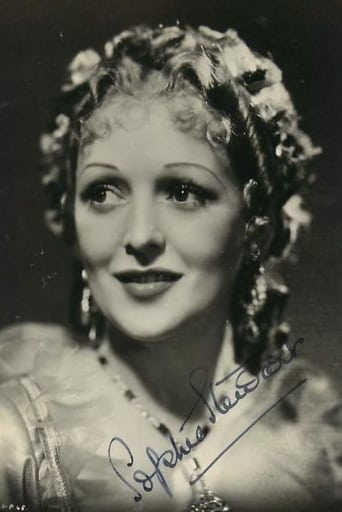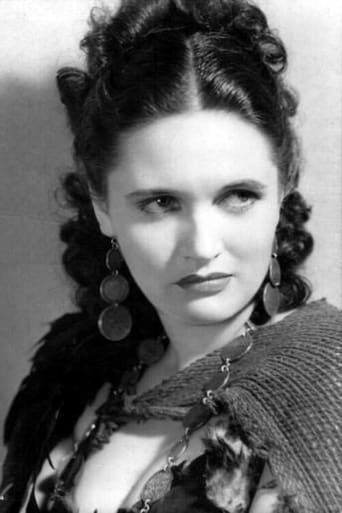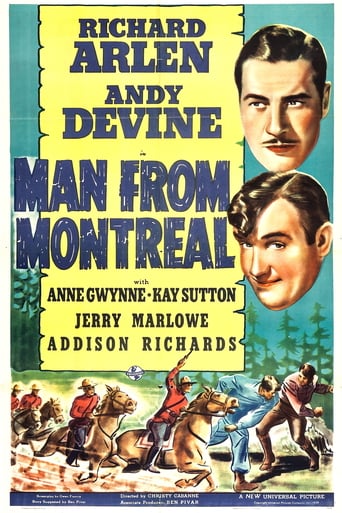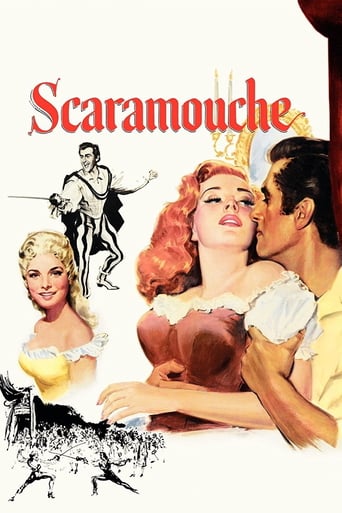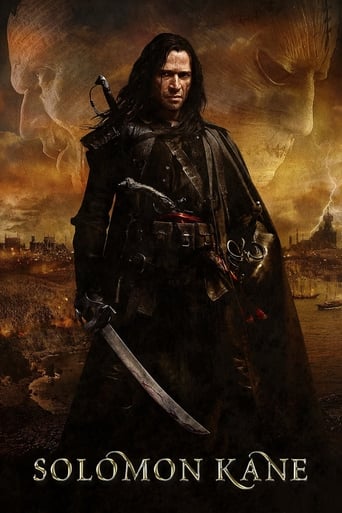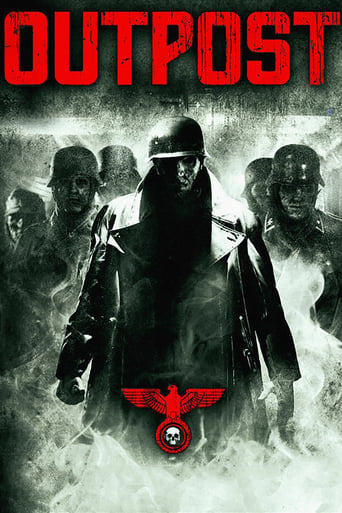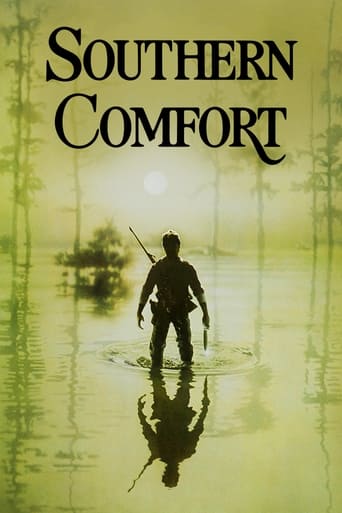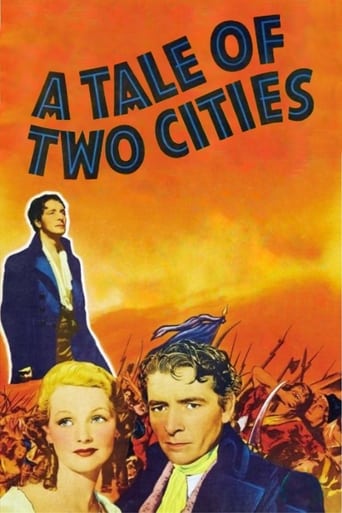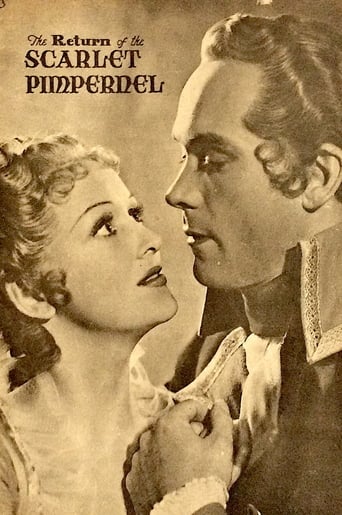
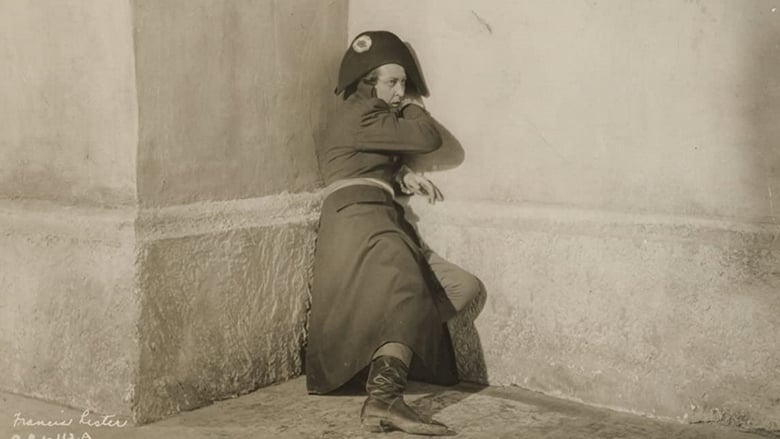
Return of the Scarlet Pimpernel (1937)
Sir Percy is forced to return to France one last time, to rescue his wife from the clutches of the sinister Robespierre. It's clearly a trap, but nothing will keep the good Pimpernel from carrying out his mission.
Watch Trailer
Cast


Similar titles
Reviews
A London Film Production. Filmed at Denham Studios, England. (Available on a poor quality Network DVD). Copyright 27 January 1938 by London Film Productions, Ltd. Released worldwide through United Artists. New York opening at the Rivoli: 10 April 1938. U.S. release: 29 April 1938. U.K. release: 20 December 1937. Australian release: 28 April 1938. Running times: 94 minutes (UK), 88 minutes (USA), 79 minutes (American TV).SYNOPSIS: Paris, 1794: Robespierre's assistant at tempts to trap the Scarlet Pimpernel by luring his wife to France.NOTES: A sequel to The Scarlet Pimpernel (1935), this seems to be the last film directed by Hanns Schwarz (another of those guys who don't know how to spell their own names. How do idiot computers handle bozos like this I wonder!) who died in Hollywood about seven years later. He has a long list of German films to his credit, with stars of the first rank like Emil Jannings, Lillian Harvey, Brigitte Helm, Dita Parlo, Anna Sten, Hans Albers and Willy Fritsch. His only previous English-language film seems to have been The Prince of Arcadia (1933) starring Carl Brisson, Margot Grahame and Ida Lupino.COMMENT: To judge from the American version broadcast on TV in May, 1994 (a nice print, but running only around 75 minutes, with deletions and jump cuts all over the place), this was an entertaining enough sequel. True, Barry K. Barnes has an enviable task in trying to fill the shoes of Leslie Howard, but he does quite well on his own account, even managing a couple of clever impersonations. In fact with the exceptions of Francis Lister's Chauvelin and Henry Oscar's equally villainous Robespierre, he tends to over-shadow the rest of the players. James Mason gives a muted performance and Sophie Stewart makes little impression, though Margaretta Scott has a few fiery moments.True to the spirit and flavor of Orczy's novels (which were exceptionally popular in the 1940s and 1950s), the script makes it as hard as possible for the hero, piling an impossible situation, a hair's breadth escape, and a one against-all-odds dilemma on top of another, all coming to an exciting conclusion.Pictorially, the film looks great. Wonderful costumes and sets, lots of extras milling around — and no doubt a bit of stock footage or perhaps out-takes from Korda's original Pimpernel. In the U.S.A. print under review, the pace is rapid, the direction showing plenty of drive and style. Greenbaum's camera-work as usual is first-class.ANOTHER VIEW: Sequels are invariably down graded by critics. Part of the appeal of the original novel lies in its novelty. On the other hand, the general public is often more comfortable (and forgiving) than the critics with familiar characters and situations. And of course there is always an audience for a sequel to whom the picture is new anyway, as they haven't seen the original. This sequel offers more of the same — and does it handsomely. The problems are mainly that although the plot has dash, it lacks freshness, and that though Barnes may even be a more convincing actor than Howard, he lacks Howard's charisma.
Barry Barnes plays the title part in this sumptuous Alexander Korda film. In addition, a very young James Mason has a small role.This film picks up at the end of "The Scarlet Pimpernel". The Pimpernel's enemy, Chauvilland, has just been tricked into allowing him and his men to escape. However, Chauvilland now knows that Percival Blakeney is the Scarlet Pimpernel and he'll stop at nothing to lure him from England to France in order to arrest and execute him. Urging him on is the insane Robespierre—who threatens to have Chauvilland guillotined if Blakeney is not captured.There are no huge surprises in the film—once again, Blakeney is a master of disguises and once again he and his colleagues are always just a step away from the guillotine. The only surprise comes to those who know history, as this otherwise excellent film takes HUGE liberties with the real downfall of Robespierre—and in this case, the real historical account is far more exciting. Robespierre was himself accused of treason and sentenced to death—but he tried killing himself to deprive the audience of seeing his head removed. However, in the process, he shot off part of his face and was executed anyway! In addition to the ending being historically inaccurate, it was also pretty tough to believe no, impossible! Up until then, it was a solid and exciting film. This botched ending brings the rating down to 7—meaning it's still well worth watching but could have stood improvement.
Barry K. Barnes continues in the fine foppish tradition that Leslie Howard set in The Scarlet Pimpernel. I suspect that Howard was over on this side of the pond on Broadway or in Hollywood or he probably would have done this sequel.Even though his identity as Regency fop Sir Percy Blakeney is now known to one and all, in The Return Of The Scarlet Pimpernel Barnes is still operating a rescue service to one and all who have fallen afoul of the French Revolution. Things have gotten worse over in France though and the Reign Of Terror under Robespierre is now in high gear as the fanatical and psychotic Robespierre is guillotining everyone whom he even THINKS might be against him.Francis Lister plays a far different Chauvelin than the revolutionary true believer that Raymond Massey did. Lister is trying to compete with Barnes in the wit department and making a not bad stab at it. Still he comes up way short every time.He uses the same gambit to try to trap Barnes as in the first Pimpernel film. Lister has French actress Margharetta Scott go to Great Britain as an exile and she induces Barnes's wife Sophie Stewart who is French to follow her on a pretext. No going to France this time, some paid thugs just kidnap Stewart and spirit her back to France. So Barnes has to assemble his crew and work another rescue.This time however there are rumblings of discontent against Robespierre and the Terror. Barnes enlists the aid of a prominent member of the National Assembly in his cause. James Mason plays that part in one of his earliest film roles and one that got him his first real notice with the movie-going public.Barnes and Stewart are good substitutes for Leslie Howard and Merle Oberon from the original. I truly do miss Raymond Massey as Chauvelin as did others. The Return Of The Scarlet Pimpernel still holds up well as entertainment and a portrait of some terrible times in France.
This is the second version of the much-filmed adventure classic with the immortal hero named Scarlet Pimpinel ( Barry Barnes), and again the English aristocrat engaged in the underground effort to snatch out from under the blade of the guillotine Frenchmen caught in the Reign of Terror ( 1794 ) . This time Robespierre assigns the mission to track down Pimpinel in England . As Spanish Teresa Cabarrus , Tellien's lover , and Chauvelin (Francis Lister ) travel towards Brighton where abduct his wife ( Sophie Stewart ). Pimpinel returns to Paris and then Sir Percy hides his activities under various guises . His ruse may throw off the French authorities but the elusive pimpernel is also attempting to free his wife , though he is suddenly caught by Chauvelin.Barnes does a dashing hero leading several characters and posing as an officer , pauper or revolutionary . This lavish production results to be a good sequel with spectacular production design , impressive sets and nice scenarios . Less than stellar cast plenty of unknown actors with exception a young James Mason as Tallien. The motion picture is professionally directed by Hans Swartz , a Hungarian filmmaker in his last movie .In the film appears historical characters as Tallien , Theresa Cabarrus (Margarett Scott ) and is developed an intrigue about downfall's Robespierre ( Henry Oscar ). The actual events are the followings : Robespierre appeared at the Convention and delivered a two-hour-long speech. He defended himself against charges of dictatorship and tyranny, and then proceeded to warn of a conspiracy against the Republic. Robespierre implied that members of the Convention were a part of this conspiracy, though when pressed he refused to provide any names. The speech however alarmed members particularly given Fouché's warnings. These members who felt that Robespierre was alluding to them tried to prevent the speech from being printed . The next day, Saint-Just began to give a speech in support of Robespierre. However, those who saw him working on his speech the night before expected accusations to arise from it. He only had time to give a small part of his speech before Jean-Lambert Tallien ( James Mason ) interrupted him . Robespierre then attempted to secure the tribune to speak but his voice was shouted down. Robespierre soon found himself at a loss for words after one deputy called for his arrest . The Convention ordered the arrest of Robespierre, his brother Augustin, Couthon, Saint-Just, François Hanriot and Le Bas. Troops from the Commune arrived to free the prisoners and then marched against the Convention itself. The Convention responded by ordering troops of its own under Barras to be called out. When the Commune's troops heard the news of this, order began to break down, and Hanriot ordered his remaining troops to withdraw to the Hôtel de Ville, where Robespierre and his supporters also gathered. The Convention declared them to be outlaws, meaning that upon verification the fugitives could be executed within twenty-four hours without a trial. As the night went on, the forces of the Commune deserted the Hôtel of Ville and, at around two in the morning, those of the Convention under the command of Barras arrived there . Robespierre tried to kill himself with a pistol but only managed to shatter his jaw.For the remainder of the night, Robespierre was moved to a table in the room of the Committee of Public Safety where he awaited execution. He lay on the table bleeding abundantly until a doctor was brought in to fix up his jaw. The next day, 28 July 1794, Robespierre was guillotined without trial in the Place of the Révolution. His brother Augustin, Couthon, Saint-Just, Hanriot and twelve other followers . Only Robespierre was guillotined face-up.Other versions about this classic novel by Baroness Orczy are the following : First and the best in 1939 by Harold Young with Leslie Howard and Leslie Caron ; The Elusive Pimpernel , 1950, by Michael Powell and Emeric Pressburger with David Niven and Margaret Leighton and made for TV in 1982 by Clive Donner with Anthony Edwards and Jane Seymour and in 1999 with Richard E Grant and Elizabeth McGovern .


